CMS Comparison Table: Top SaaS-Friendly Platforms in 2025
Below is a quick comparison of the leading CMS options for SaaS companies based on ease of use, support, SEO features, pricing, and multilingual readiness.
| Platform | Ease of Use | Support | Price Range | Multilanguage | SEO Friendly | Best For |
| WordPress | 4/5 | Forums + Community | From $25/mo to custom enterprise | Yes | Yes | Scalable enterprise SaaS |
| Optimizely | 3/5 | Dedicated CSM | From $3,000/mo | Yes | Yes | A/B testing and personalization |
| Contentful | 5/5 | Community + paid | From $300/mo | Yes | Yes | Headless architecture |
| Strapi | 4/5 | Community | Free, paid plugins from $29/mo | Partial | Yes | Developers & startups |
| Webflow | 5/5 | Chat & email | $23–$235/mo | Yes | Moderate | Design-focused marketing sites |
| Sanity | 4/5 | Docs + plans | Free, paid from $99/mo | Yes | Yes | Structured content publishing |
| Ghost | 4/5 | Forum + Pro | $9–$2,400/mo | No | Yes | Publishing-centric SaaS |
| HubSpot CMS | 4/5 | 24/7 support | $25–$1,200+/mo | Yes | Yes | Marketing-heavy platforms |
| Magnolia CMS | 3/5 | Enterprise SLA | Custom enterprise pricing | Yes | Yes | Large organizations |
| Prismic | 4/5 | Support tiers | Free, paid from $100/mo | Yes | Yes | Slice-based content systems |
What Is a SaaS CMS(Content Management System?
A SaaS CMS (Software-as-a-Service Content Management System) is a cloud-based platform used to create, manage, and publish content across digital properties. Unlike traditional systems that require on-premises setup, a SaaS CMS is accessed through a browser, offering:
- Reduced technical overhead
- Scalability through cloud infrastructure
- Integrated collaboration tools
- Faster deployment cycles
Examples include platforms like Contentful, Webflow, and Ghost, widely used by SaaS businesses for dynamic content delivery.
According to Statista, "the SaaS market is expected to reach $232 billion by 2025," which will benefit businesses by enabling faster time-to-market, lower maintenance, and easy collaboration across teams. Its main alternative is a self-hosted CMS, like WordPress.org, which offers more customization even though it requires more technical management.
Why Is Choosing the Right CMS Crucial for SaaS Companies?
Choosing the right Content Management System (CMS) is crucial for SaaS companies because the CMS acts as the core infrastructure for how content is created, managed, delivered, and scaled—across web, mobile, and app interfaces. The right CMS accelerates growth by enabling faster content deployment, SEO optimization, and seamless integrations. In contrast, a poorly chosen CMS can slow innovation due to technical limitations, rigid workflows, or poor API support.
A SaaS company needs to handle rapid growth in content, users, and data. The right CMS:
- Scales with your user base.
- Maintains fast load times, reducing bounce rates.
- Supports global delivery via CDNs and edge computing.
A CMS that can’t scale may cause your entire platform to slow down or crash under user load.
SaaS platforms rely on a complex ecosystem that includes product databases (like PostgreSQL), CRMs (such as HubSpot), analytics tools (e.g., Google Analytics), and CI/CD pipelines (like GitHub Actions).
A compatible CMS will:
- Integrate via APIs or webhooks.
- It should support headless architecture so that content can be distributed consistently across various front-ends such as websites, mobile apps, and in-product messages
How to Choose the Best CMS for Your SaaS Company?
To choose the best CMS for your SaaS company, define your content workflow, assess internal resources, and prioritize scalability. Your ideal CMS should support SEO, multilingual content management, and long-term growth—without slowing down developers or marketers.
1. Audit your content workflows: Where is content created? Who owns updates—marketing or devs? What formats are required (landing pages, product updates, knowledge base)?
2. Assess internal resources: For teams with in-house developers, headless CMSs such as Strapi or Contentful are often a better fit.
3. Prioritize key features:
Look for:
- Multilingual support (e.g., localized content versions or translation workflows)
- SEO controls like customizable meta tags, schema markup, and canonical URL settings
- Visual editors for marketers, or structured content control for developers
- Integration capabilities such as A/B testing tools (e.g., Optimizely), personalization engines, or CRM systems like Salesforce
4. Plan for growth: Some CMS platforms scale costs based on users or API usage. Ensure pricing is sustainable.
5. Test integrations: Your CMS should integrate with tools your team already uses—such as CRMs (e.g., HubSpot), analytics platforms (like Google Analytics), CI/CD tools (like GitHub Actions), and localization services—to streamline workflows and reduce friction.
Top 10 SaaS CMS Platforms for Modern SaaS Companies
Below are ten CMS platforms used by modern SaaS companies, each offering unique strengths depending on your team’s needs and growth goals.
1. WordPress - The most popular CMS with a rich ecosystem of plugins and headless configuration option.
2. Optimizely - Enterprise-grade CMS with A/B testing and personalization features.
3. Contentful - API-first headless CMS for development teams.
4. Strapi - Open-source headless CMS with REST and GraphQL, ideal for startups and developers.
5. Webflow - No-code CMS with visual editor, designed for marketing teams.
6. Sanity - Headless CMS with real-time editing and flexible content structure.
7. Ghost - A lightweight, minimalist CMS focused on publications and subscriptions.
8. HubSpot CMS - Integrated with HubSpot's CRM, ideal for inbound marketing teams.
9. Magnolia CMS - Hybrid CMS for large organizations with scalability and security requirements.
10. Prismic - Headless CMS with “Slices” system, friendly for component-based projects.
1. WordPress
WordPress is the world’s most widely used CMS, known for its flexibility, scalability, and open-source ecosystem. Pricing ranges from $25/month for managed hosting to enterprise plans via WordPress VIP. It includes thousands of plugins, SEO tools, and multisite capabilities. Best for: scalable marketing-driven SaaS websites. Is it headless? Not by default, but can be configured as headless. Pros: Large developer community, SEO-friendly, customizable. Cons: Requires frequent updates and performance optimization. Example: The New Yorker uses WordPress to manage its content-rich site.
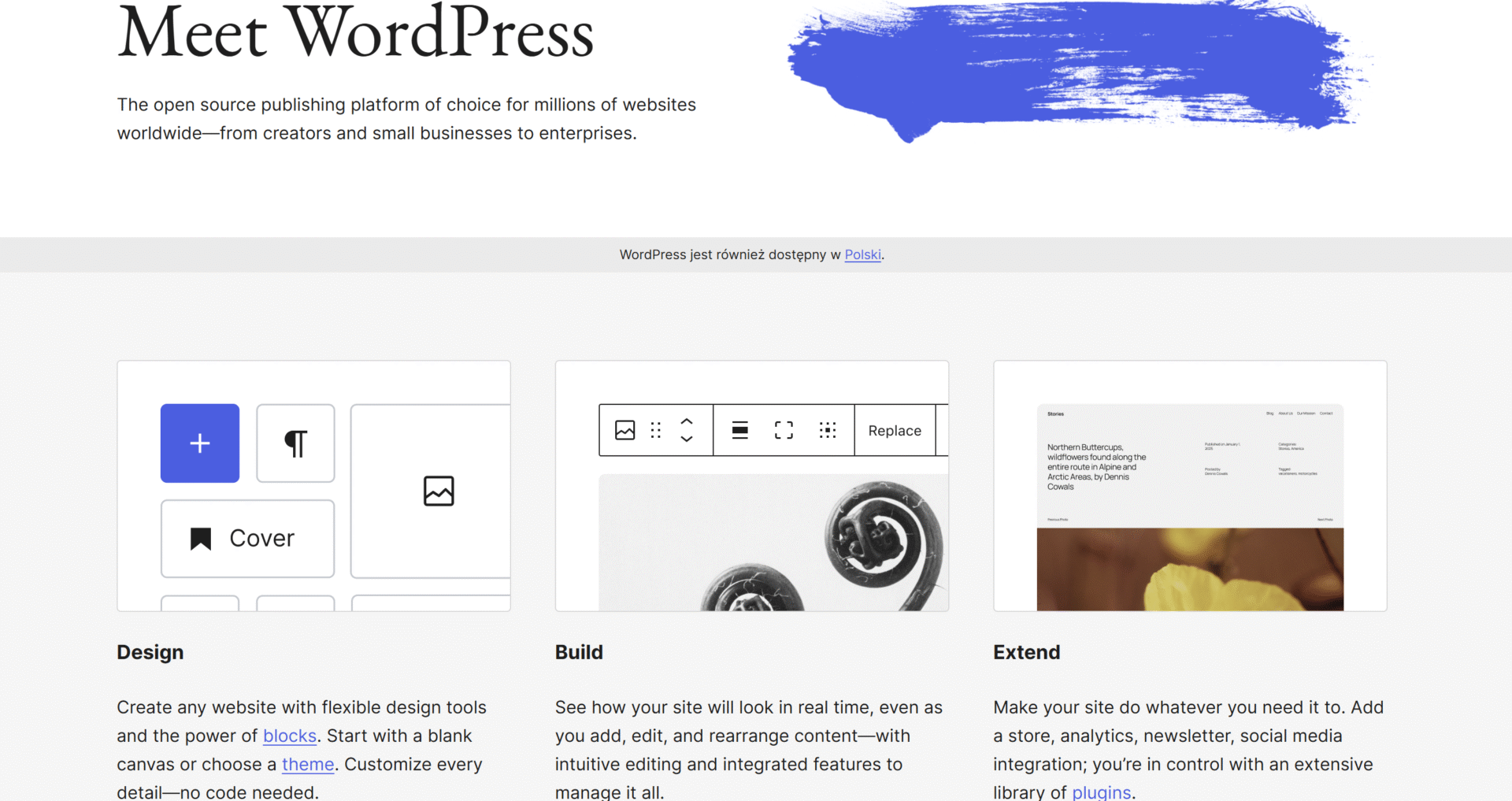
2. Optimizely
Optimizely is an enterprise CMS with advanced digital commerce capabilities. Pricing starts at around $3,000/month. Best for: SaaS companies focused on conversion optimization and personalization. Is it headless? No, though it offers API support. Pros: Built-in A/B testing, targeting, analytics. Cons: High cost, complex implementation. Example: Zoom leverages Optimizely for personalized user experiences across touchpoints.
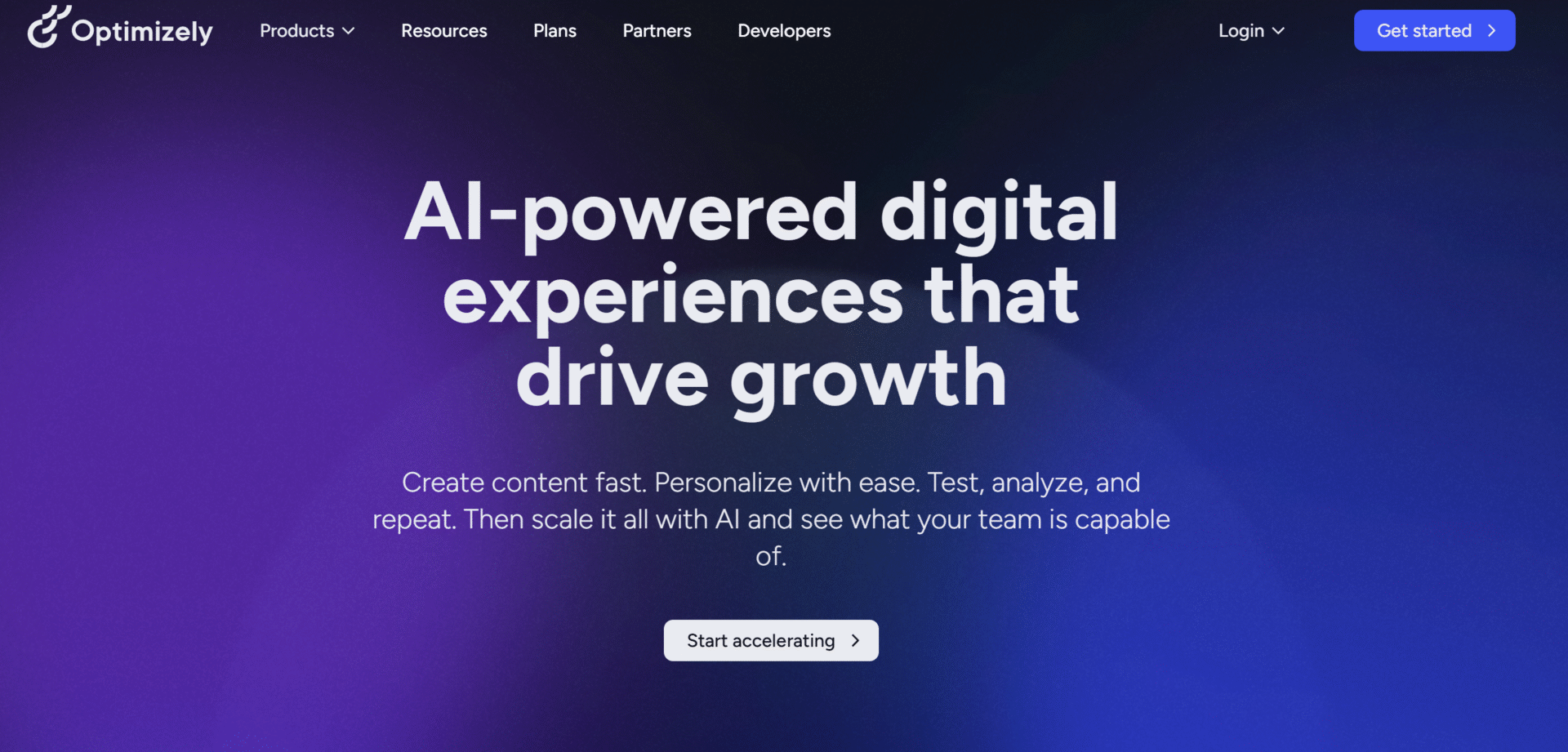
3. Contentful
Contentful is an API-first headless CMS designed for structured content delivery across multiple channels. Pricing starts at $300/month. Best for: developer-led SaaS platforms building custom frontends. Pros: Fast API, flexible data models, localization support. Cons: Requires technical knowledge and frontend development. Example: Atlassian uses Contentful to manage consistent UX across products and platforms.
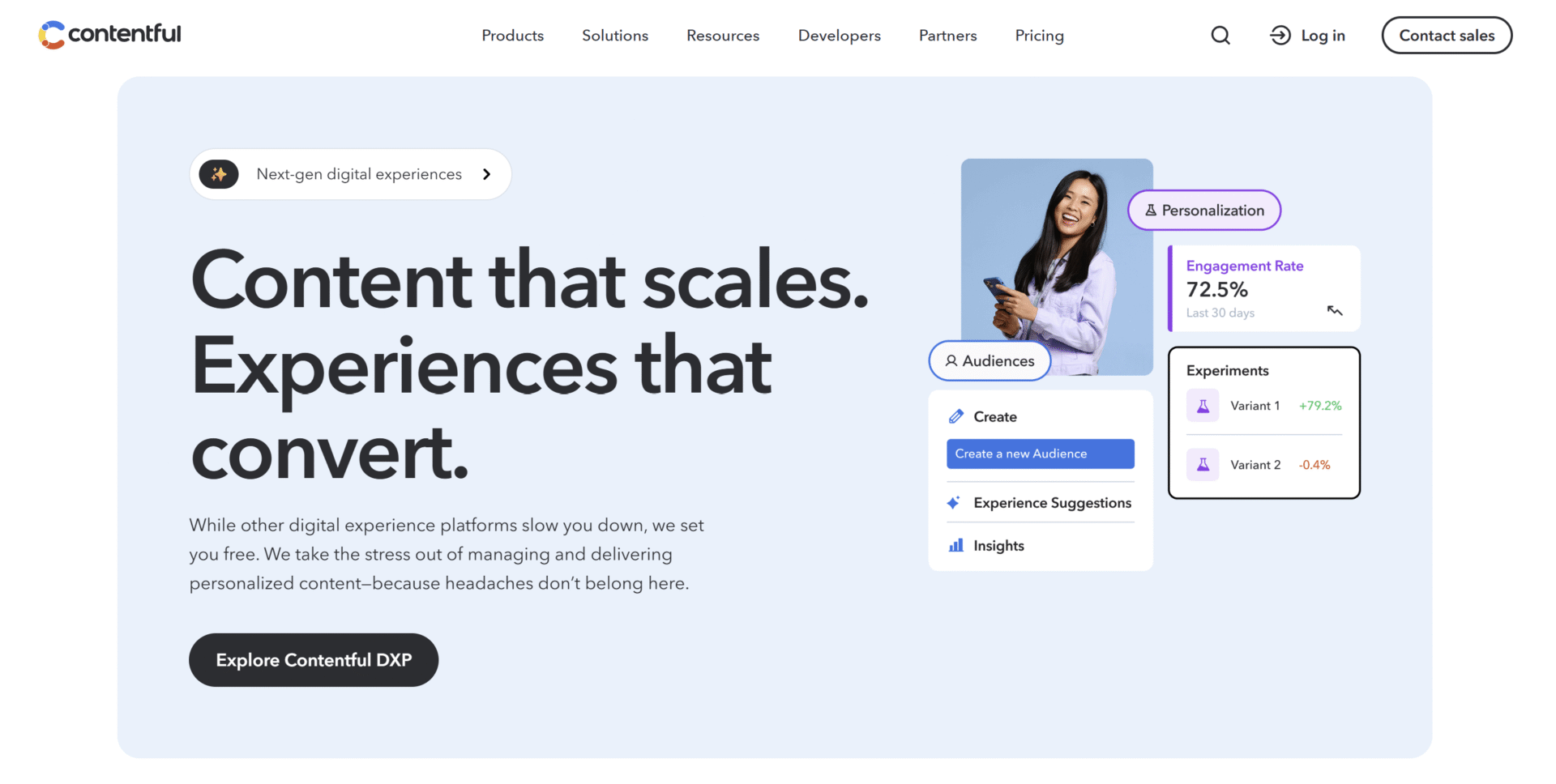
4. Strapi
Strapi is an open-source headless CMS built with Node.js, offering REST and GraphQL APIs. It's free to use, with premium plugins and hosting available. Best for: startups or dev teams needing full backend control. Pros: Self-hosted, customizable, active community. Cons: Lacks out-of-the-box hosting, some advanced features require plugins. Example: IBM uses Strapi internally for custom-built portals.
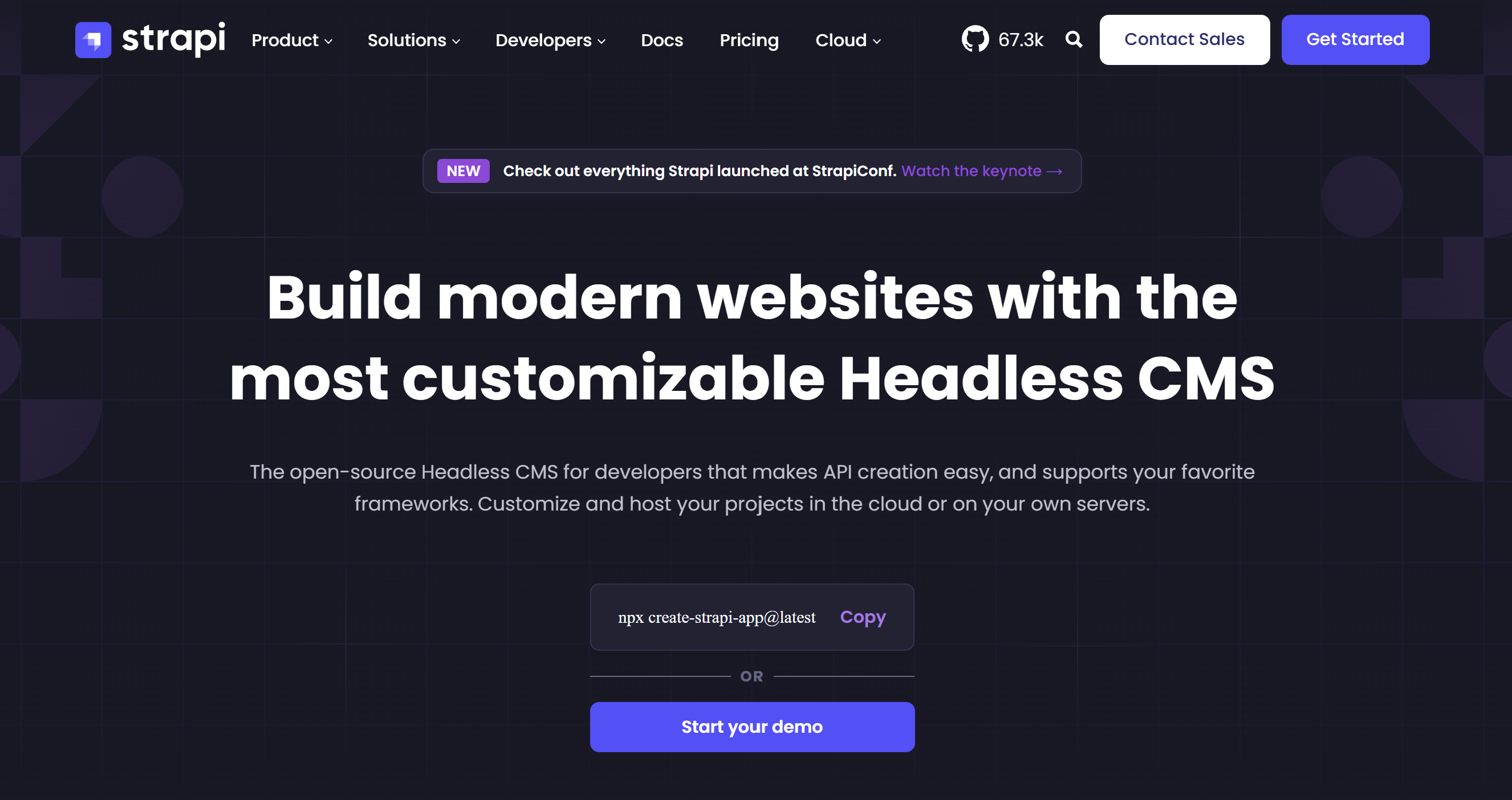
5. Webflow
Webflow combines CMS capabilities with a visual, no-code design tool. Plans range from $23 to $235/month. Best for: SaaS marketing teams needing autonomy from developers. Is it headless? No. Pros: Visual editing, fast deployment, integrated hosting. Cons: Limited dynamic content logic, not suited for complex apps. Example: Jasper’s website is built in Webflow, showcasing fast iteration and visual storytelling.
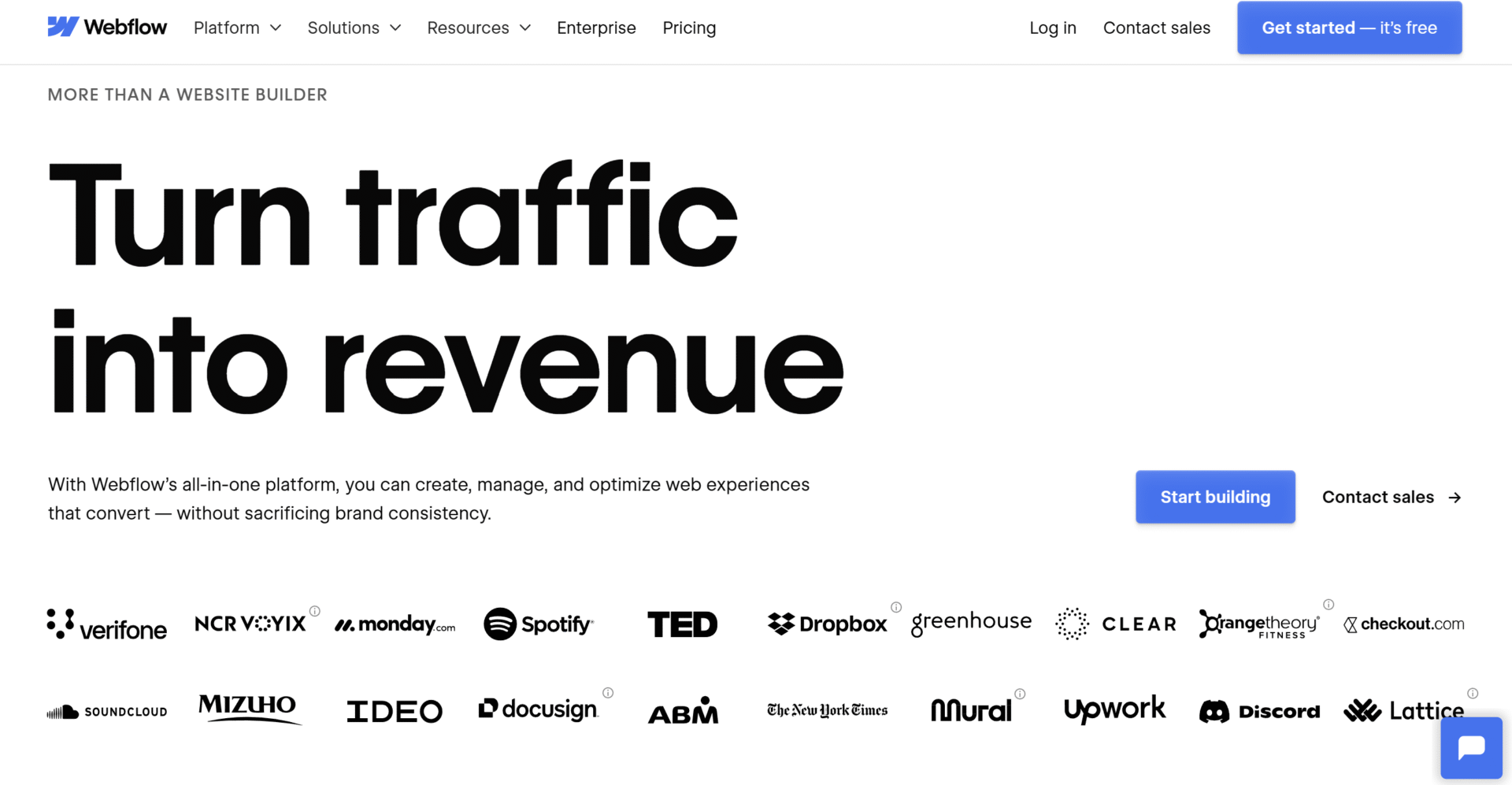
6. Sanity
Sanity is a headless CMS with real-time collaboration and a highly customizable content studio. Free tier available, with paid plans from $99/month. Best for: content-heavy SaaS teams with developer support. Pros: Real-time editing, strong developer tools, structured data. Cons: Steeper learning curve for non-technical teams. Example: Figma uses Sanity to manage its multilingual documentation.
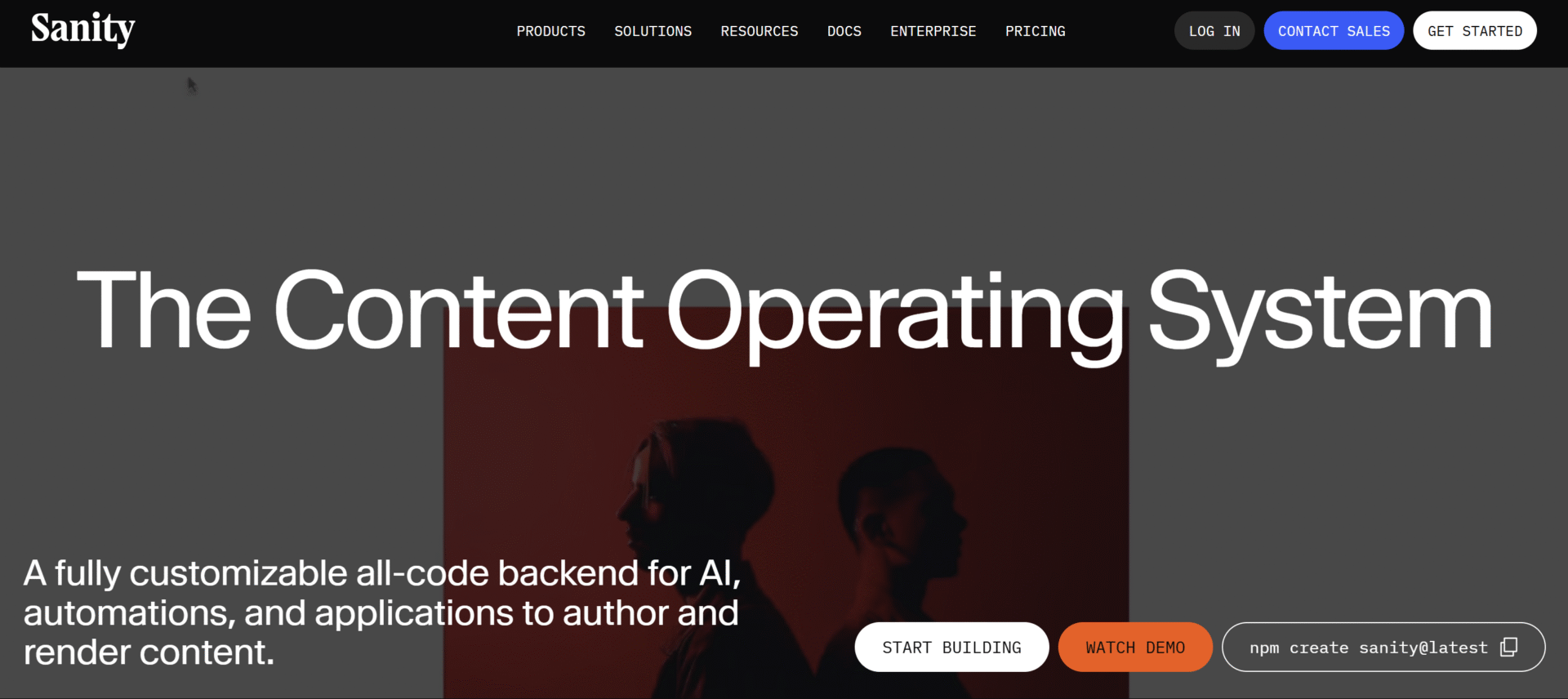
7. Ghost
Ghost is a minimalist, open-source CMS focused on publishing and subscriptions. Pricing starts at $9/month. Best for: SaaS companies centered around thought leadership and content marketing. Is it headless? Not by default. Pros: Fast, distraction-free writing experience, built-in memberships. Cons: Limited flexibility beyond blogging. Example: Unsplash runs its blog on Ghost to maintain a clean, editorial look.
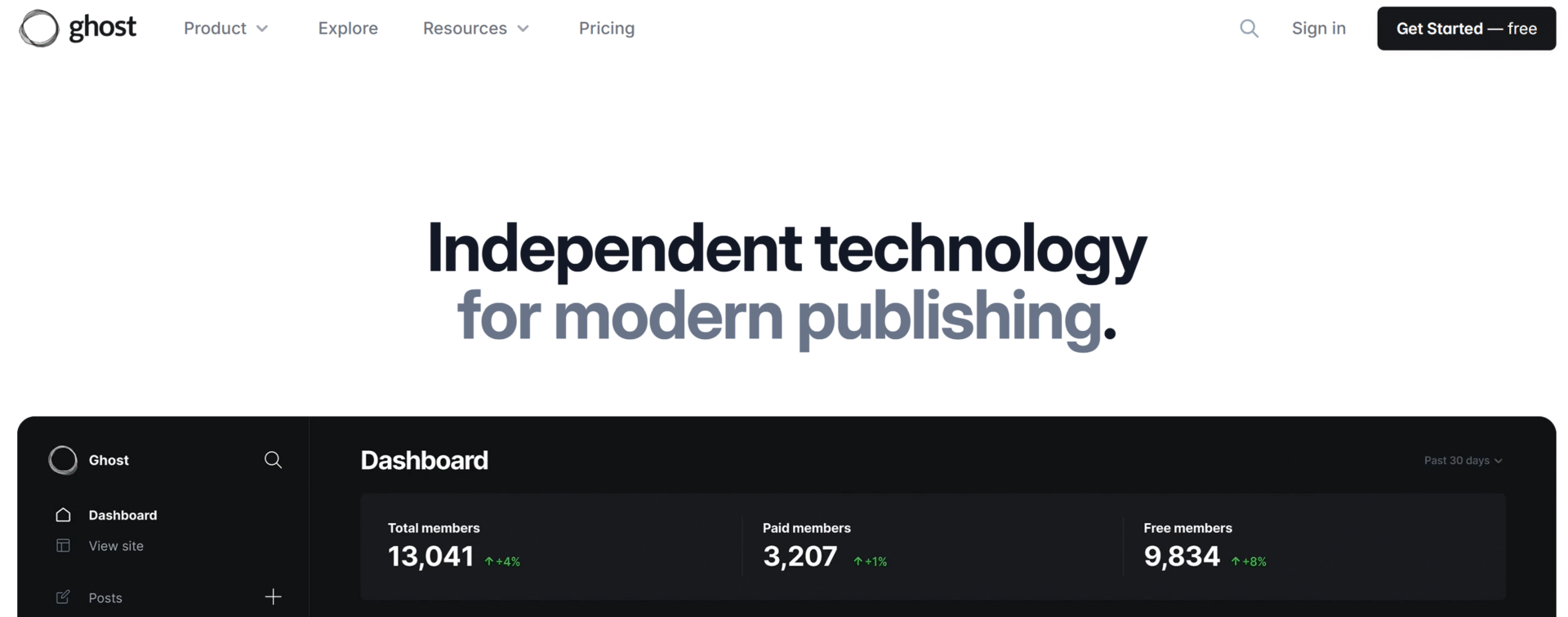
8. HubSpot CMS
HubSpot CMS integrates tightly with HubSpot’s CRM, offering smart content personalization and automation tools. Pricing starts at $25/month. Best for: inbound-focused SaaS companies with marketing teams. Is it headless? No. Pros: Built-in SEO, forms, CRM integration. Cons: Template constraints, higher cost for enterprise use. Example: ClassPass uses HubSpot CMS for its conversion-optimized landing pages.
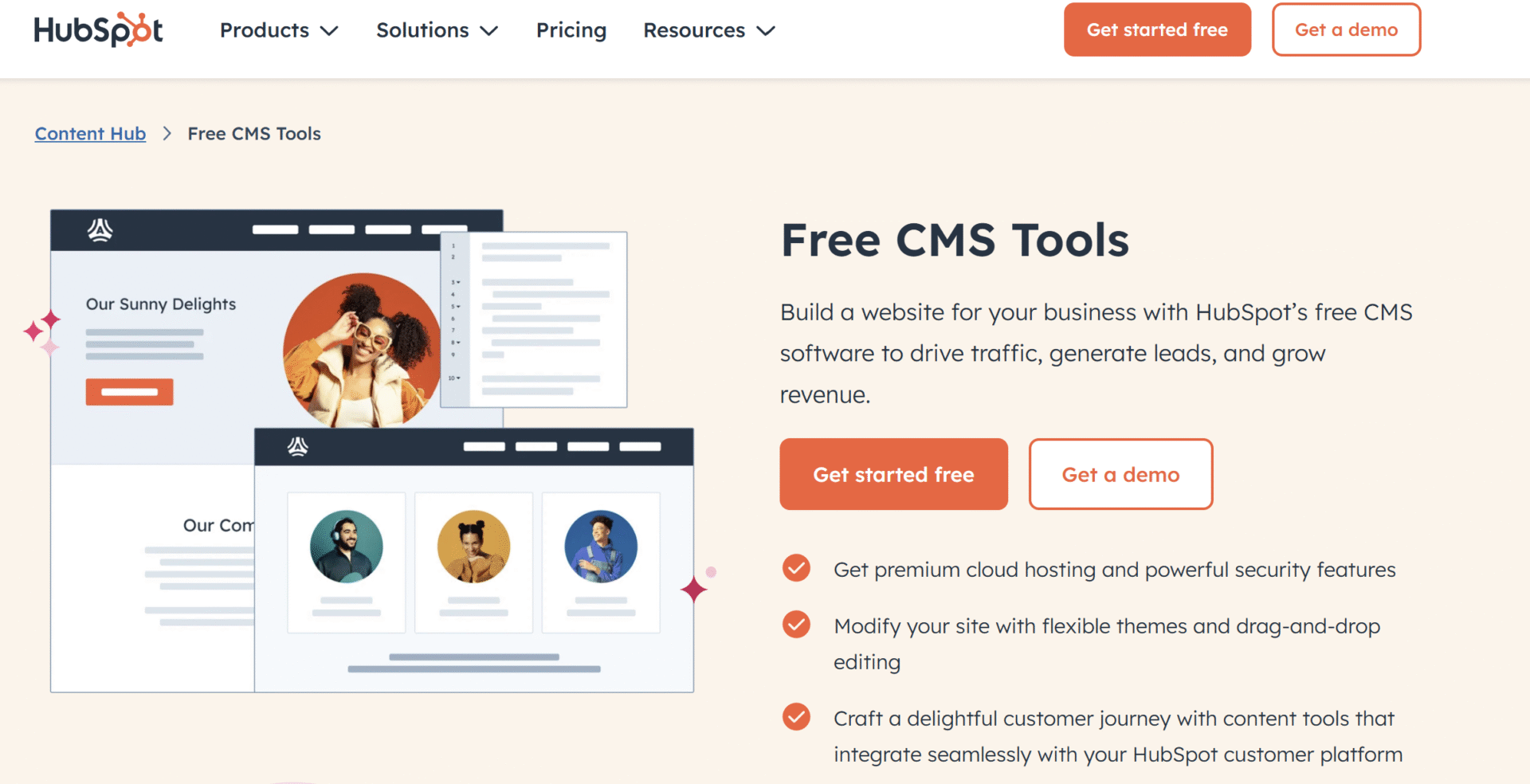
9. Magnolia CMS
Magnolia is a hybrid CMS combining headless capabilities with a traditional UI. Pricing is custom and aimed at enterprise users. Best for: large SaaS brands needing governance, localization, and scalability. Pros: Modular architecture, multilingual, strong security. Cons: Expensive, setup can be complex. Example: Avis uses Magnolia CMS to manage content across multiple languages and countries.
10. Prismic
Prismic is a developer-friendly headless CMS with a component-based content model called Slices. Free tier available; paid plans start at $100/month. Best for: design systems and websites with repeatable structures. Pros: Visual previews, versioning, slice system. Cons: Not intuitive for non-tech users. Example: Google Developers uses Prismic to maintain modular and consistent documentation.
What Are the Key Benefits of Using the Right CMS for SaaS Companies?
A CMS enables SaaS companies to centralize and scale content across assets like landing pages (e.g., pricing or signup pages), product pages (e.g., feature overviews), knowledge bases, and marketing campaigns (such as email or SEO landing pages).
A well-chosen CMS reduces developer dependency by offering visual editors, reusable templates, and built-in integrations, allowing marketers and content teams to launch pages without engineering support.
The right CMS speeds up content deployment cycles, improves content approval workflows, and simplifies translation and localization processes for global markets.
Ready to Choose the Right CMS for Your SaaS Growth?
There’s no one-size-fits-all CMS for SaaS. The right choice depends on your team’s structure, technical resources, and growth trajectory. Whether you're prioritizing visual editing, speed, or headless scalability, ensure your CMS supports SEO, multilingual capabilities, and seamless integrations.
Pro tip: Combine the CMS selection with a content strategy and internal linking map to build topical authority.
If you'd like a tailored recommendation or audit of your CMS stack, contact Fooz Agency to schedule a free consultation.

